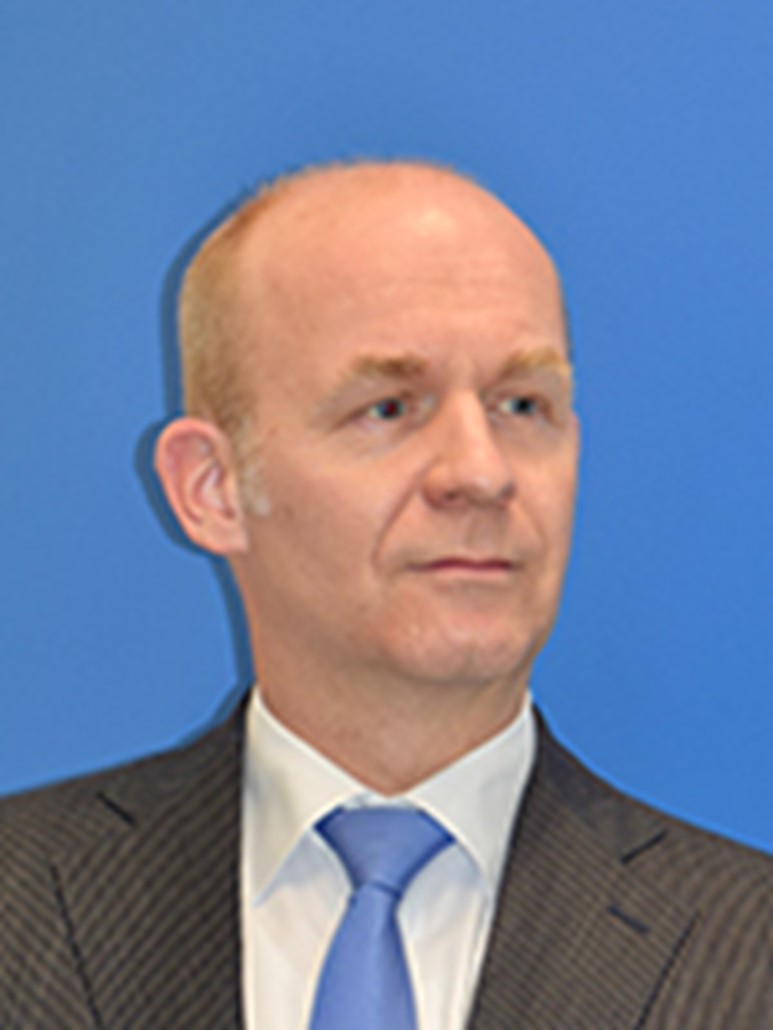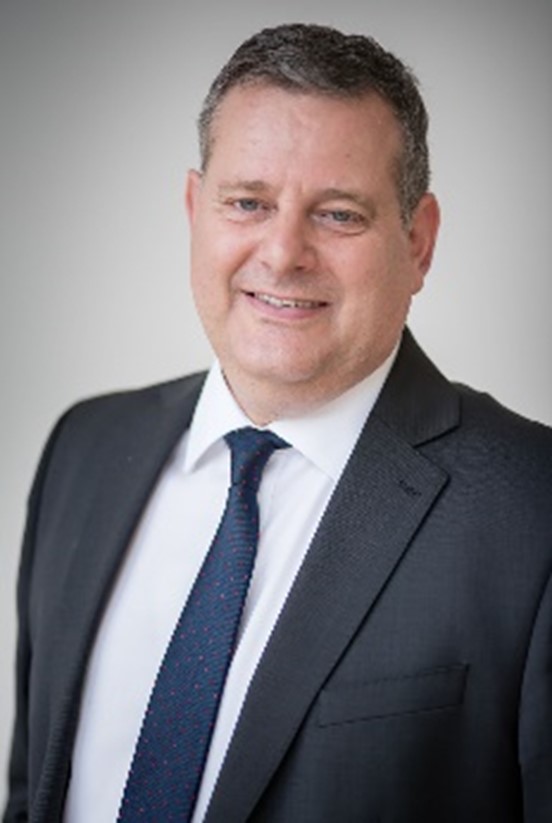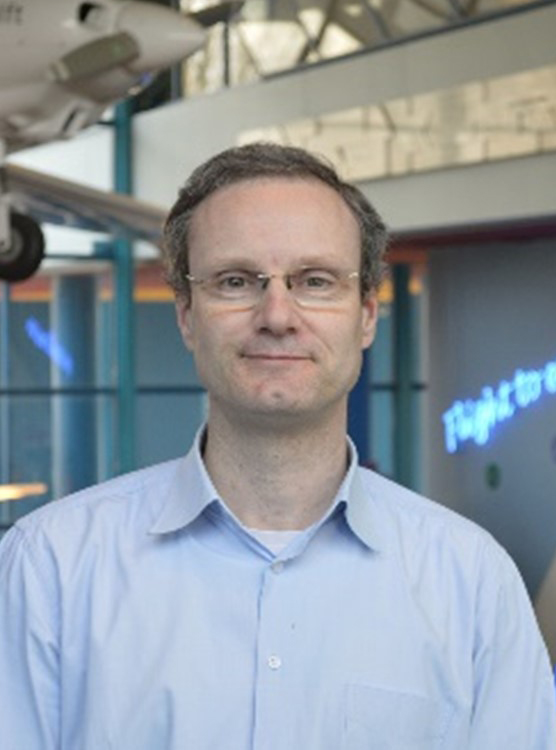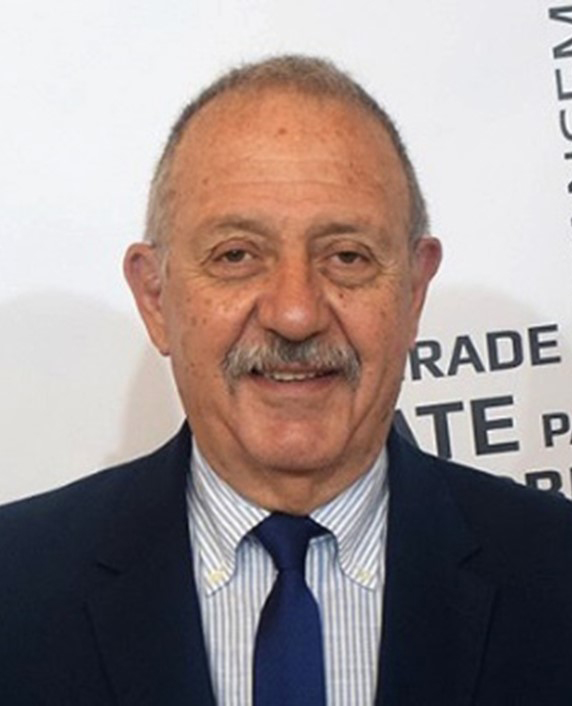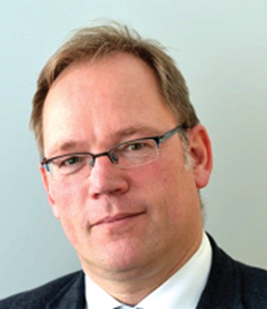Mr. Axel Krein is the Executive Director of Clean Sky 2 Joint Undertaking
Q1: Achieving a climate-neutral fleet by 2050 is fundamental if we want to tackle climate change without compromising the mobility gains and the economic benefits that aviation has brought to Europe. The European Partnership for Clean Aviation, the Single European Sky Partnership and Horizon Europe’s Cluster 5 are making important strides, but the target of climate-neutrality in aviation by 2050 is a tremendous challenge and requires about €12 billion in total funding. The European Partnership for Clean Aviation believes strongly in the power of engaging and connecting all relevant actors to address this challenge – that’s why we engage with both the public and private sector, including SMEs, universities and research centres.
There’s no doubt in my mind that the aforementioned framework alone will not be sufficient to achieve climate-neutrality in aviation by 2050. We also need the cooperation of national and regional governments, and we must investigate and exploit possible synergies with European structural funds, for instance. Synergies with other technological sectors will be crucial to our success – hydrogen-based technologies such as fuel cells and hydrogen combustion engines in particular will have an important role to play in the transition, and digital technology will become increasingly relevant as we move towards 2050. Only a combined effort of all stakeholders will enable us to reach the target.
In terms of research achievements, the European Partnership for Clean Aviation expects that decisive steps in new aircraft performance will be demonstrated by 2030. We are exploring many avenues, but will focus on three main thrusts in particular: hybrid electric & full electric concepts, ultra-efficient aircraft architectures, and disruptive technologies to enable hydrogen-powered aircraft.
A completely new breed of sustainable aircraft will need to enter European fleets by 2035 if we are to reach our climate-neutrality goals. That means that there is no time to waste! We need to start immediately on the development and subsequent demonstration of highly ambitious and revolutionary technologies.
Q2: The goals of the European Partnership for Clean Aviation Strategic Research & Innovation Agenda are highly ambitious, but nevertheless achievable, if we receive the anticipated support from the European Union and the private European aviation stakeholders.
Importantly, we are not starting from scratch. The Clean Sky 2 programme, which will conclude in 2024, is the predecessor of the European Partnership for Clean Aviation. Clean Sky 2 has already nurtured a high-performing innovation ecosystem of more than 940 entities from 30 countries, involving the participation of more than 5000 scientists and engineers. This programme has more than 34 flagship demonstrators, and more than 1000 technologies under development, to form the key building blocks for the new Clean Aviation partnership.
By 2030, the European Partnership for Clean Aviation will have demonstrated a range of sustainable aviation technologies, specifically designed for application in regional and short-/medium range aircraft. The demonstrated technologies must then enter Europe’s fleet by 2035 at the latest. A ‘clean sheet’ aircraft design in the regional and short-/medium range segments can not only make a hugely positive contribution to aviation’s climate impact, but these segments are also where the biggest opportunity lies.
A massive 2/3 of emissions are produced on city-pairs and routes less than 4000km in distance, and 1/3 on flights of less than 1500 km. It is therefore logical when deciding where to start, that we focus on technologies for regional and short-/mid-range aircraft.
A worldwide fleet of over 50,000 aircraft will need to be replaced by 2035. The opportunity to deliver significantly cleaner aviation is huge, given that aircraft developed in the meantime are likely to constitute over 75% of the world’s commercial airline fleet by 2050, thus having a major impact on aviation emissions and climate impact.
Q3: We estimate that an overall investment of €12 billion into research and innovation in Europe is needed before 2030 to propel aviation into climate neutrality by 2050. If you consider that the public investment in the European Partnership for Clean Aviation will total €1.7 billion within this timeframe, you can see that this is only a part of the puzzle.
We therefore need complementary initiatives from the European Union, from national governments, regional governments, and of course the private sector, to reach our goal. Those initiatives need to be well aligned and closely connected with each other via a so-called Innovation Architecture in order to effectively deliver the required outcomes.
To this end, the Clean Sky 1&2 Joint Undertakings have already developed strong relationships with regional governments to leverage structural funding towards sustainable aviation goals, and the European Partnership for Clean Aviation will build on and complement this work to ensure a highly efficient and streamlined European framework for sustainable aviation.



